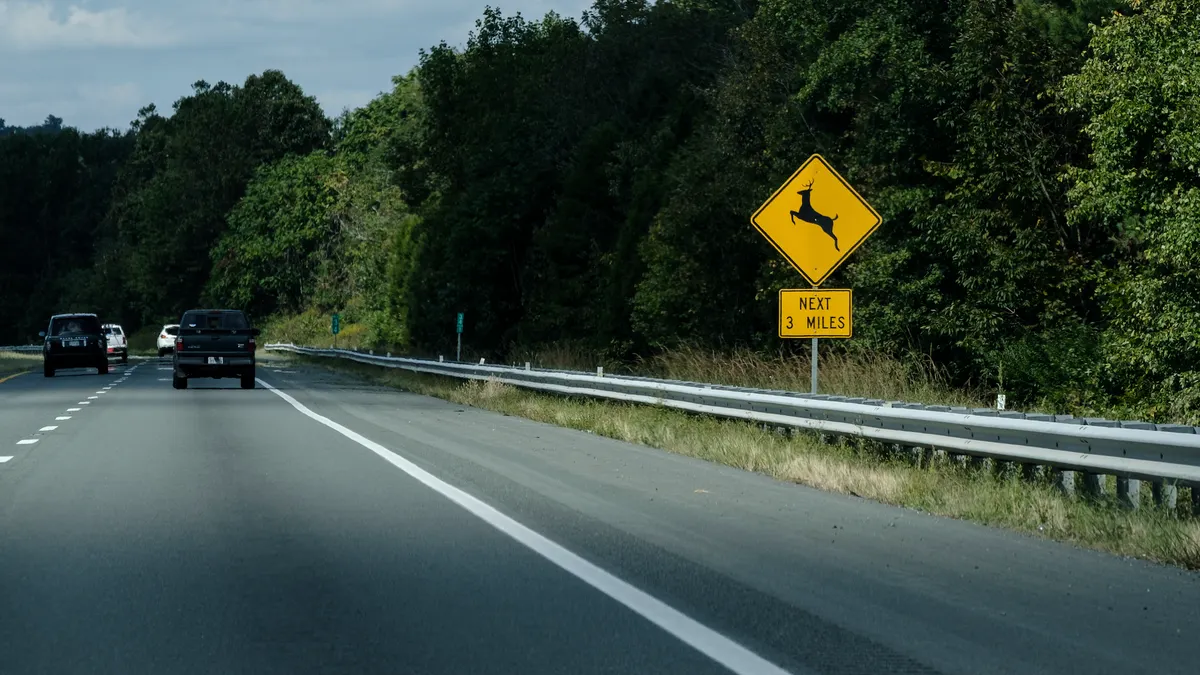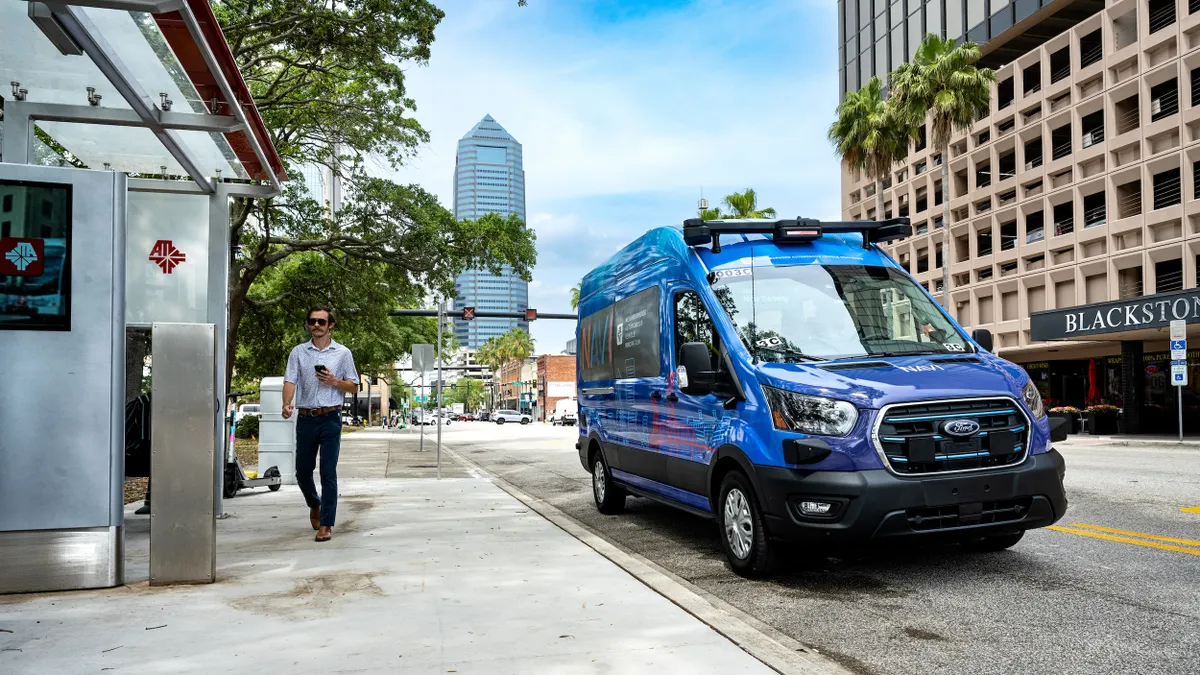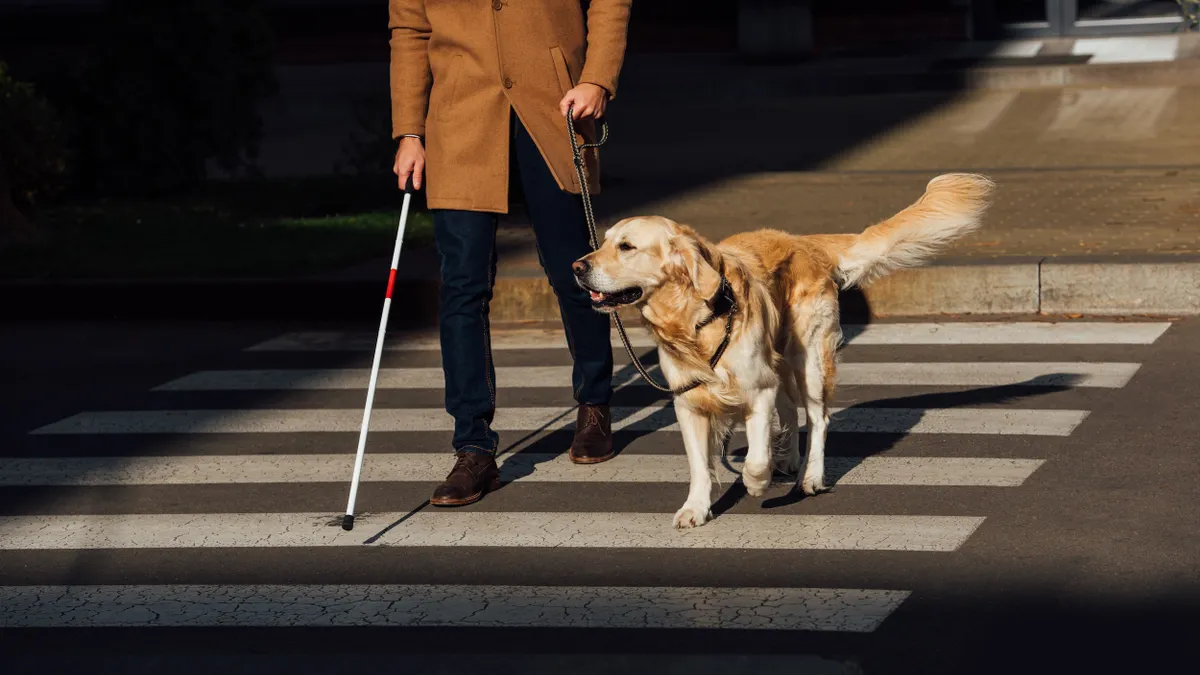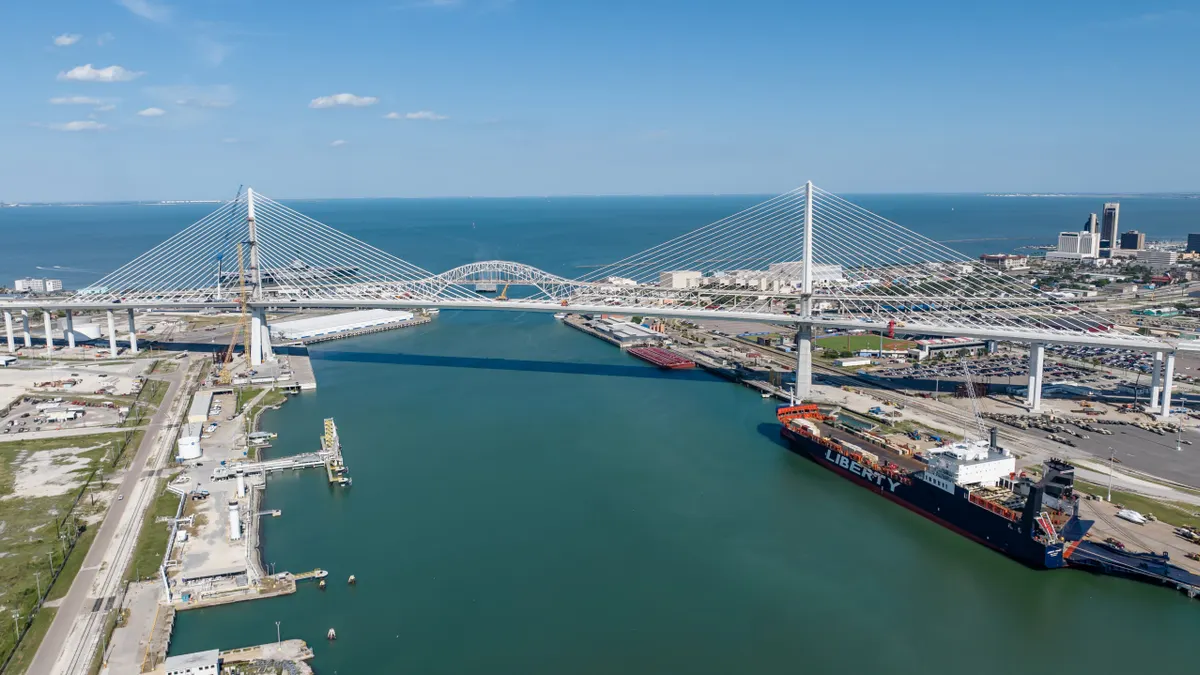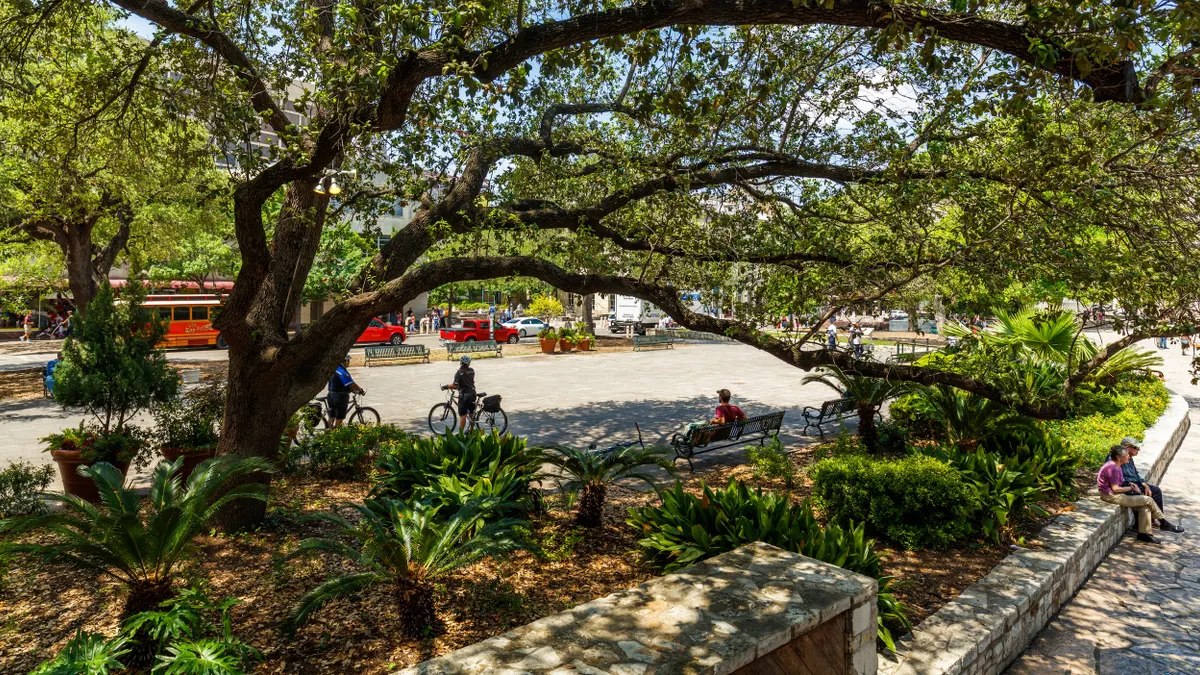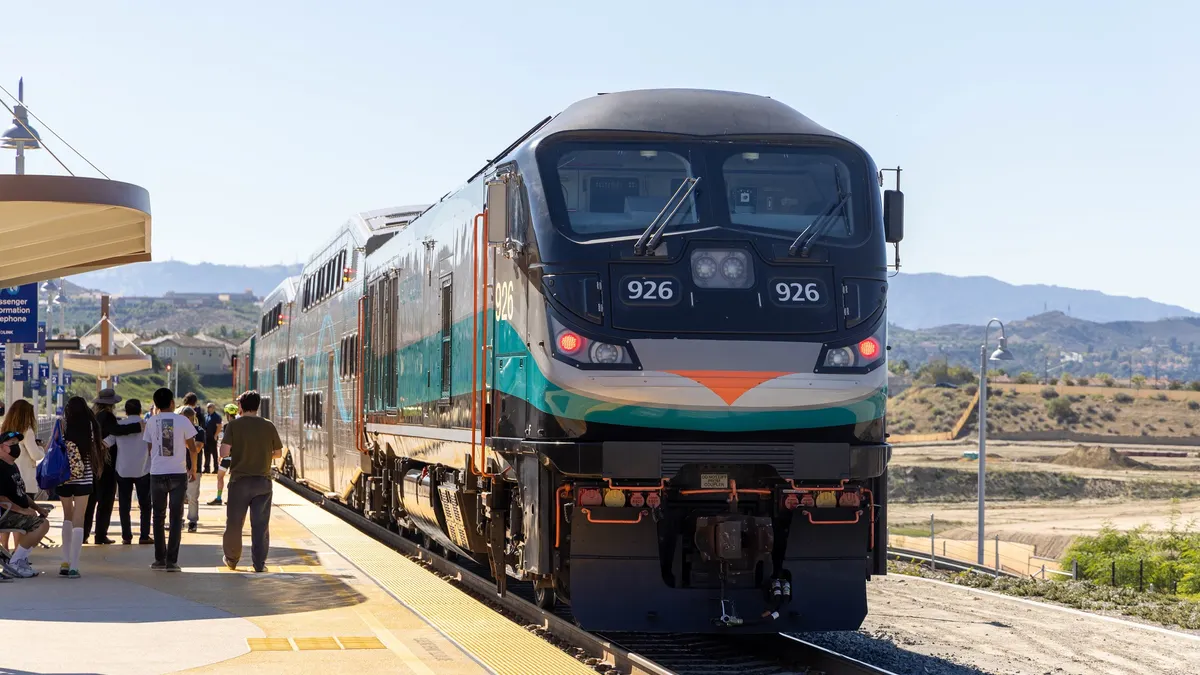Oklahoma's third-largest city of Norman is home to the University of Oklahoma, which long held control of local transportation operations until it passed such responsibilities to the city in 2019.
Such an undertaking required new learning from the city, now responsible for the transportation of 300,000 passengers annually. This prompted the development of a long-term plan to review existing bus routes and improve transit — but all the city had to work with was outdated information. Norman knew it had to ask residents what they wanted to see, so it turned to a simple civic engagement tool: a public survey.
"This survey is informing most, if not all transit decisions in Norman,” said Taylor Johnson, the city's public transit coordinator. Norman is just one of many cities and agencies nationwide that have used surveys to gather public input on transit.
Surveys are beneficial tools to guide policy change, said Ashley Amaya, senior survey research methodologist at the Pew Research Center. Survey responses can be gathered relatively quickly, while conducting multiple surveys can track changes and trends over time.
"When governments survey the public, they also can find out how frequently things are being used or what would happen, potentially, if they did make changes," Amaya said. "That can help them allocate money towards different parts of the programs that maybe need a little bit more help."
Yet to accomplish their goals, government entities must figure out the most effective questions and the best way of distributing the survey. In Norman, the city landed on the questions for its Go Norman Transit Study with the help of Nelson\Nygaard Consulting Associates. The transportation firm compiled a survey that allowed the public to weigh in on everything from bus shelters to transit routes, which was then reviewed by the city.
The survey ran for about three weeks last month and ended on Nov. 30, garnering 638 responses. Norman publicized the survey on social media, hung posters inside of buses and contacted an email list of stakeholders urging them to take and share the survey.
The city will use the survey results, along with census data and input from community meetings, to inform transit decisions over the next two decades as Norman's population continues to grow. "Since the routes haven’t changed very much over the last 20 years, I would say it’s all on the table of what the plan could recommend," Johnson said.
The most immediate changes will likely come from low-cost recommendations, such as moving a route or eliminating underused bus stops while adding needed ones, Johnson said. These will be coupled with medium- and long-term plans. Come February, the city will hold community meetings to get feedback on these proposed transit recommendations.
'Getting future riders where they want to be'
Norman isn’t the only city seeking public input as it embarks on a new phase of transit. In Idaho Falls, home to about 60,000 residents, the city's only public bus service closed in May 2019 due to financial issues. Since then, transit companies and partners have filled the gap with paratransit and senior citizen-focused services.
Now, Idaho Falls is relaunching its bus service as Greater Idaho Falls Transit (GIFT) and will need a fresh perspective on the community’s transit needs, said Michelle Ziel-Dingman, president of the Idaho Falls City Council and GIFT board chair.
The transit agency is creating a survey to help guide the deployment of its planned fixed-route and paratransit bus services. That survey is slated to launch at the end of December and run until mid-January.
"At this point, we want to fully understand if you were to travel on a GIFT bus, where would you go? Is that to work? Is that shopping? Is that for medical?" Ziel-Dingman said. "Our city has grown and changed. New businesses have come in. New large retailers have come in. And we want to assure that we’re getting future riders where they want to be."
The survey will ask people where they would travel on the bus, in addition to demographics such as gender, age and employment status. The transit agency also needs to know if students and staff at the College of Eastern Idaho and University Place require a bus route, and if senior citizens need additional transit.
"Our city has grown and changed. New businesses have come in. New large retailers have come in. And we want to assure that we’re getting future riders where they want to be."

Michelle Ziel-Dingman
Idaho Falls City Council President & GIFT board chair
Information gleaned from the survey can also be used to target advertisers. For example, if a significant number of users want to go to a certain business, GIFT can approach that business for advertising opportunities, Ziel-Dingman said.
GIFT used former transit surveys from the local Bonneville Metropolitan Planning Organization as a starting point for its survey. A student at Brigham Young University-Idaho with survey experience is also assisting with its design.
The survey will be distributed online with the help of Idaho Falls' communications department, businesses, hospitals and local colleges. Ziel-Dingman recognizes that online communications can be a barrier to those without internet access, but she is confident that free internet at libraries will help bridge that divide.
Assessing COVID-19’s effect on transit
Even transit agencies that have long analyzed riders' habits are now in uncharted territory due to the novel coronavirus (COVID-19) pandemic.
Before the pandemic, the Regional Transportation Authority (RTA) in Chicago was working on a survey of non-riders — those who either stopped riding transit or never used it in the first place. Suddenly, COVID-19 caused nearly everyone to become a lapsed transit rider, which completely altered the survey, said Hersh Singh, principal analyst at RTA.
"Everything we knew pre-COVID about people’s desires for transit, I don’t think really hold at all right now because everything has completely changed," Singh said. "I don’t think any of us in the transit profession think that those same preferences will hold."
So RTA, which oversees planning for northeastern Illinois' three transit operators and their 2 million riders, changed the core goal of its survey: understanding the pandemic’s effects on ridership.
RTA reworked a nationwide study on COVID-19 and transportation with consulting from Resource Systems Group. It kept questions regarding people’s transit movements and added ones that could help identify a new baseline for people’s habits: Are they commuting to work? Are they going to the grocery or using delivery services more?
Two questions even addressed granular transit operation funding through an exercise that asked respondents to allocate an imaginary $10 across nine transit priority areas. While this portion of the survey took extra work, it allows transit agencies to see which priorities their riders find most important, Singh said.
"It’s weird because we just got thrown into an unknown,” Singh said of COVID-19. “Planners pride themselves on understanding the markets and market preferences, but right now we just have no clue."
The 18-day survey ended on Nov. 30, attracting more than 2,600 responses. RTA reached people by emailing the customer lists of transit agencies and the Ventra ticket buying app. They tried to reach riders of the three transit agencies as well as people currently using transit, such as essential workers and those without cars.
A second wave of the survey will be conducted in mid-January. Analysis of both surveys together will allow RTA to see if opinions change during the intervening 1.5 months, and to better identify what people want out of transit.
Best practices
Surveying the public is not a sustainable approach to citizen engagement unless it is done effectively.
Transparency is key to making sure people know a survey is worthwhile, said Amaya of the Pew Research Center. One indicator of transparency is for the surveying group to have information online about the way a survey is conducted, including sampling methods, question wording and weighting, and methods of analysis.
Amaya said the preferable sampling method is probability-based where the organization randomly surveys from a variety of samples. This includes calling random phone numbers or mailing random addresses from the U.S. Postal Service’s list, which is a common way to conduct sampling for online surveys as well. Organizations can mail people an invitation with a unique link of an online survey so they can take it only once.
Another common approach to surveying is through a panel. Organizations can recruit random people through phone or mail to sit on a panel that can then be surveyed multiple times. These processes are typically online, quicker and cheaper because the survey audience doesn’t need to be consistently refreshed, Amaya said.
Surveys should try to avoid non-probability-based samples, Amaya said, because the people who typically volunteer to respond differ from the general population.
Before writing a survey, spend time talking with riders through a focus group or at community events, said Steven Higashide, director of research at TransitCenter. These detailed discussions can highlight important issues that an agency can incorporate into a survey. He also said to give particular thought to how an audience can be reached. An online survey is likely to be skewed toward higher-income riders, so agencies can pay community-based organizations to distribute surveys to a diverse group of people, Higashide said.
He pointed to Metro Transit in Minneapolis-Saint Paul, which collaborated with 13 community-based organizations to get the word out about a recent project to build new bus shelters. These groups knocked on doors, manned tables at community events and surveyed riders at bus stops. This led to survey responses that were representative of riders in terms of race, ethnicity, income and disabilities, said Higashide.
"These are all groups that tend to be harder to reach when you're just doing an online survey,” Higashide said. “In a lot of projects, public engagement is something that is not well-resourced, which means that input into a project might come from a few townhall meetings done at times and places that are inconvenient for a lot of transit riders to attend. That makes projects more politically difficult and it skews the feedback that agencies get."
In addition to getting continual feedback from riders, agencies shouldn’t overlook the needs of other transit stakeholders. For example, Higashide said the Massachusetts Bay Transportation Authority in Boston regularly surveys its employers to understand how demand for transit changes as the pandemic progresses.
While surveys should be just one of many tools agencies use to collect feedback, they remain an important method to hear from a wide array of riders who otherwise may not typically offer planning feedback.
"Whether it's changing service or changing the fare structure or planning new projects, transit decisions should be informed by transit riders,” Higashide said. "The folks who plan transit aren't always in the same room as riders. Transit gets influenced by elected officials and by business groups and developers and all sorts of interests who don't always have the same interests as riders."






